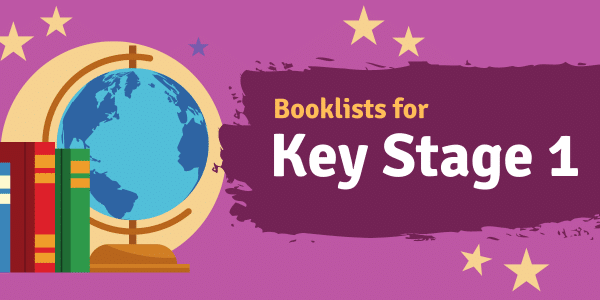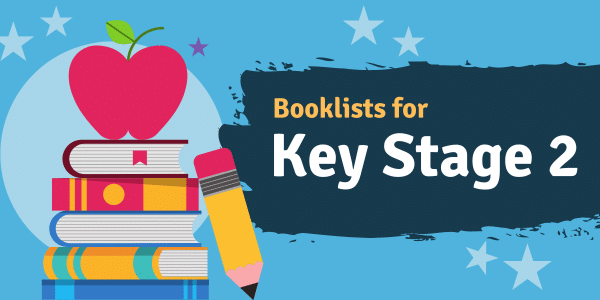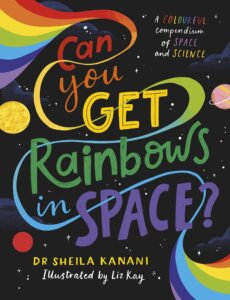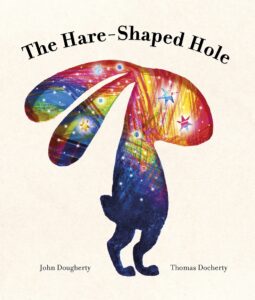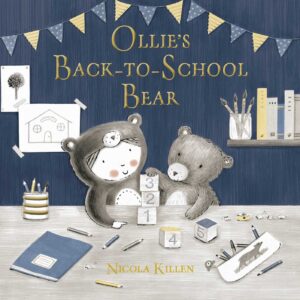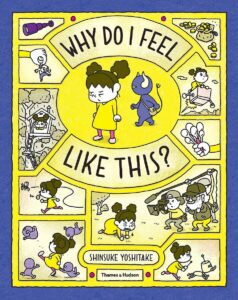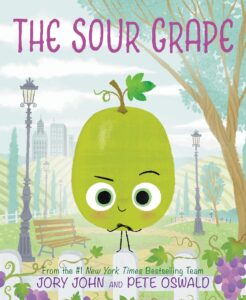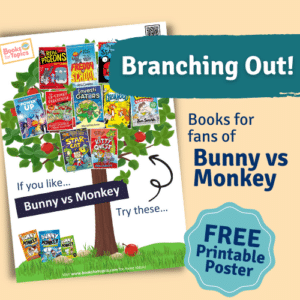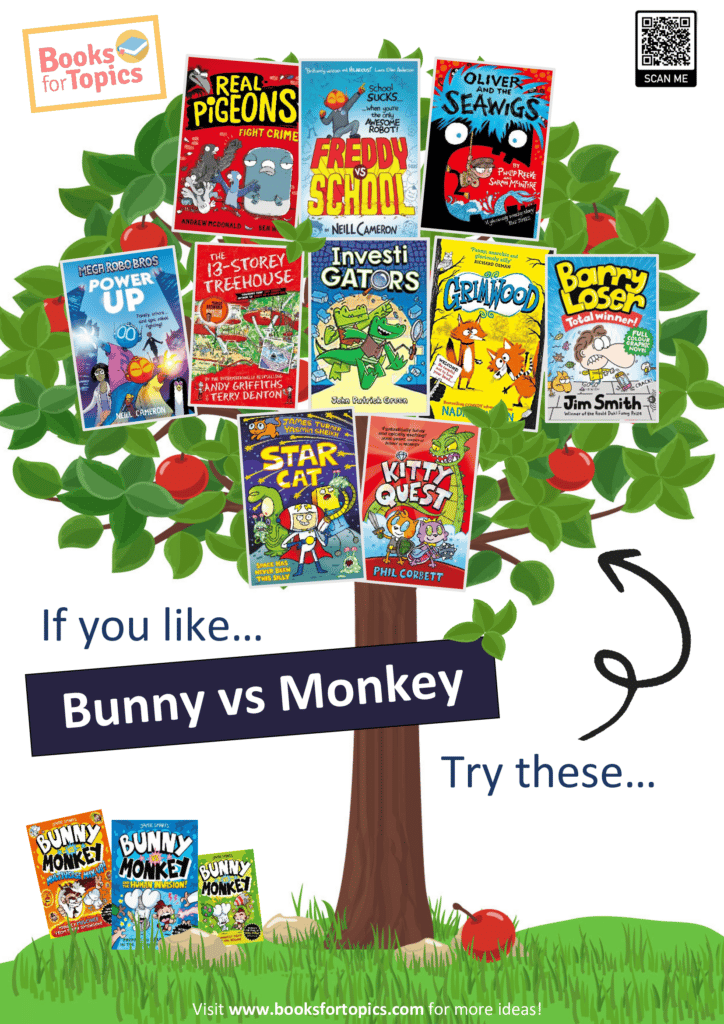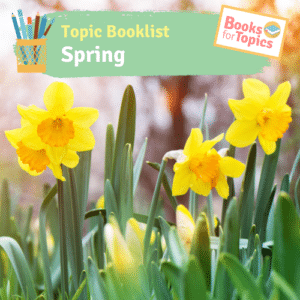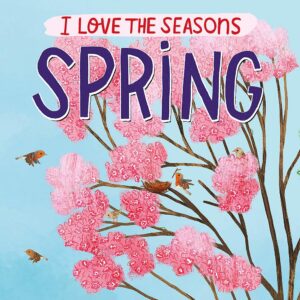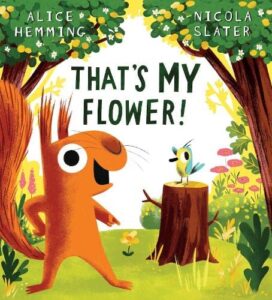A colourful compendium of space and science.
Why is blood red? Why are carrots orange? Who invented the lightbulb? Why is the world ‘going green’? Is the sky really blue? And what is ultraviolet light?
You’ll discover the answers to these questions – and many more – in this incredible collection of scientific facts about colour. We’ll talk about light (the most important thing) and waves (not the kind you see at the beach – though you will learn why the sea looks blue!). You’ll find out how some animals are able to glow in the dark and how others change their colours to hide from predators.
Keep reading to discover why leaves change colour in the autumn, why your veins look blue but your blood is red, and how the language we use shapes the colours we see . . .
And you’ll even be taught by a real astronomer, Dr Sheila Kanani, exactly how to make a rainbow – in space.








